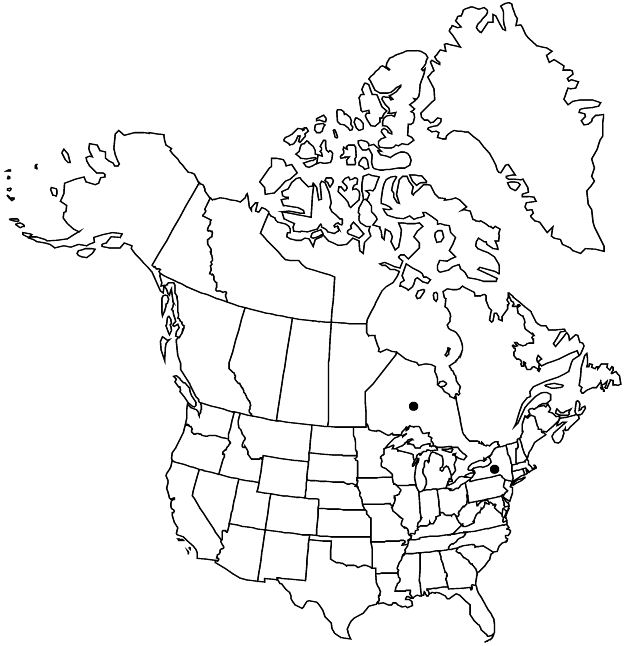Difference between revisions of "Crataegus florifera"
Ontario Nat. Sci. Bull. 4: 14. 1908.
FNA>Volume Importer |
imported>Volume Importer |
||
| (One intermediate revision by the same user not shown) | |||
| Line 55: | Line 55: | ||
|publication year=1908 | |publication year=1908 | ||
|special status=Endemic | |special status=Endemic | ||
| − | |source xml=https:// | + | |source xml=https://bitbucket.org/aafc-mbb/fna-data-curation/src/2e0870ddd59836b60bcf96646a41e87ea5a5943a/coarse_grained_fna_xml/V9/V9_883.xml |
|subfamily=Rosaceae subfam. Amygdaloideae | |subfamily=Rosaceae subfam. Amygdaloideae | ||
|tribe=Rosaceae tribe Gillenieae | |tribe=Rosaceae tribe Gillenieae | ||
Latest revision as of 23:00, 5 November 2020
Shrubs or trees, 70 dm. Stems: twigs: new growth ± reddish young, soon glabrescent, 1-year old glossy red-brown, 2-years old duller, older dull gray; thorns on twigs at 1-year old shiny, black, stout to ± slender, 4–6 cm. Leaves: petiole length 30–70% blade, slightly pubescent young, glabrescent, eglandular; blade suborbiculate or broadly ovate to obovate, 4–7 cm, base narrowly to broadly cuneate or rounded, lobes 3 or 4 per side, obscure to well-marked, margins serrulate, veins 5 or 6 per side, apex acute, abaxial surface sparsely hairy, densely pubescent along veins, adaxial pubescent (late persistent). Inflorescences 6–10-flowered; branches villous; bracteoles: anthesis late mid season. Flowers 17–20 mm diam.; hypanthium sparsely pilose; sepals narrowly triangular, margins glandular-serrate; stamens 20, anthers rose to dark red; styles 2–4. Pomes deep red, suborbicular, 8–13 mm diam., glabrous; sepals erose or reflexed; pyrenes 2–4, sides plane to erose. 2n = 68.
Phenology: Flowering May; fruiting Sep–Oct.
Habitat: Successional fields, pastures with woody invaders, fencerows
Elevation: 100–300 m
Discussion
Crataegus florifera is frequent in western southern Ontario.
There appear to be two main entities here: typical florifera (= Crataegus celsa), plausibly of hybrid origin between C. punctata and C. succulenta (E. J. Palmer 1952), with narrower, somewhat obovate leaves and petiole length 30–40% blade, and a sylvestris type, named for the later homonym C. sylvestris Sargent, with much broader leaves and petiole length often 50–70% blade.
Selected References
None.
